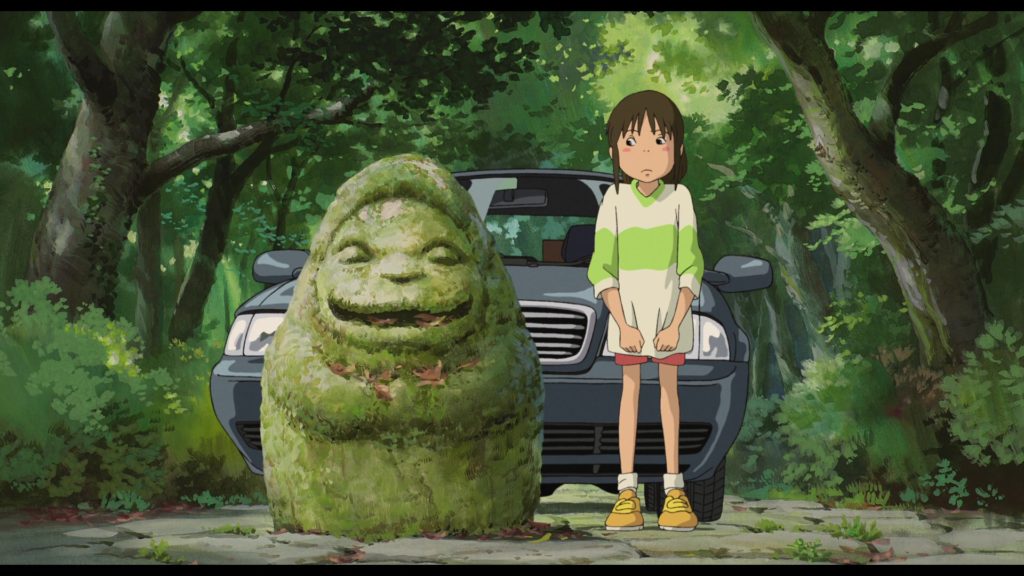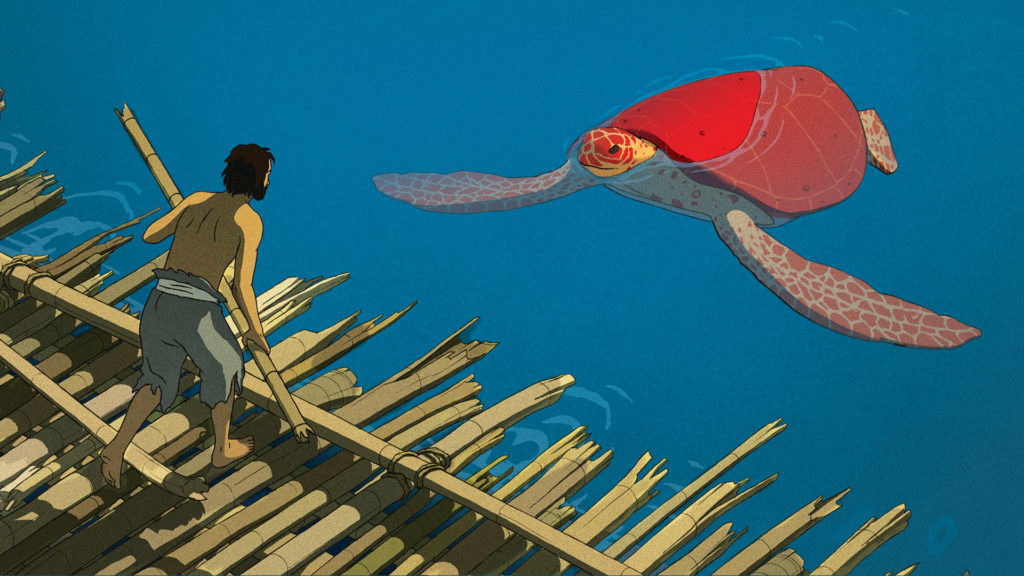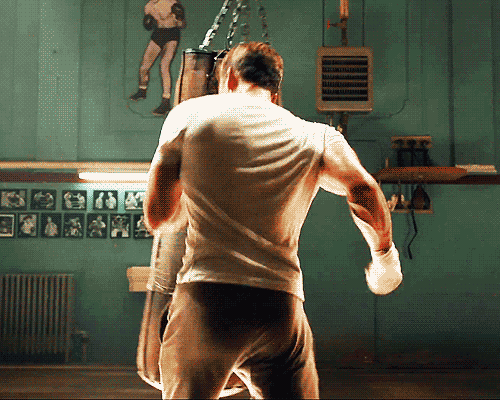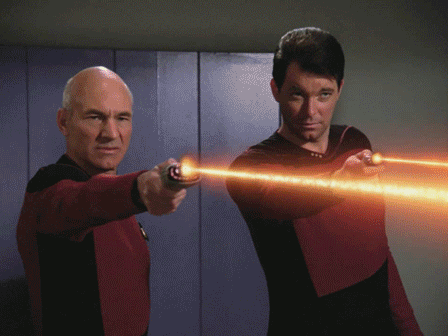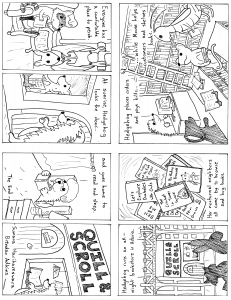In the spring of last year I was very ill. It got bad enough for long enough that I actually made and went to a doctor’s appointment, which found nothing wrong in any actionable way. Keep resting, drink fluids. As I lay wrung out on my couch, too sapped even to watch television, I stared at the tall ceiling above me and listened to the whining in my ears surge and fade, amplified by fever. For the first time, and at last, it occurred to me: I have had tinnitus my entire conscious life.
The next time I went to my doctor I asked about it, and she nodded. “Did you have a lot of ear infections as a kid?” she asked. I had. One of my earliest memories is of resting my head on the kitchen counter and feeling hot fluid drip out of my ear as my parents discussed what to do in low, worried tones. I ended up having surgery to implant temporary tubes in my eardrums. The infections stopped, but the damage lingered.
Tinnitus is usually called a “ringing” in one’s ears, but that makes me think of a bell or a telephone, which is why I never thought it described me. (Are you one of the people who can hear a persistent, faint eeeee when a CRT monitor or television turns on on? It’s like that, all the time.) The diagnosis explains a lot, actually—my preference for bass-heavy music, the way white noise helps me sleep, the staticky rush and roar I sometimes get in noisy crowds. My hearing is pretty good, considering, but the sound will be with me for the rest of my life, long after age takes that hearing from me. I’m listening to it right now, writing this. I will be as you read it. I will probably never experience silence. Yet I spent decades unaware, unable to distinguish this aspect of my life from that of everyone around me.
I am ashamed of much of what I’ve written here.
The consequence of publishing the things you think when you are twenty is that, later, people can read the things you thought when you were twenty. Most of these things were stupid. Some are toxic. Some are harmful. All were willfully deaf and blind to my own privilege. Several dear friends have turned up here in the last few years and started reading from the beginning, only to be embarrassed or repulsed by what they found. Despite the unbearable kindness of Sumana’s retrospective about this blog, I flinch to think of what it says about me.
All of this is a strong argument for the most obvious action, which is to delete nfd, or at least lock it: for the right to forget my previous self. I think I’m a better self than I used to be, and better at being human. But part of being better is honesty about everyone I’ve been. Ten years on, I still believe in transparency. To wipe this all away would be to brush out the trail marks I’ve left behind me, the stumbling footprint path from ignorance to… well, partial awareness of ignorance.
So I am letting the record stand. Maybe someone will read it and pick up a few of the things that cost me so much time and so much of others’ patience. Maybe you will read it, and grant me your own patience; or maybe you won’t. I wouldn’t blame you. I am flawed in every sense, but I will keep trying to learn to listen.
